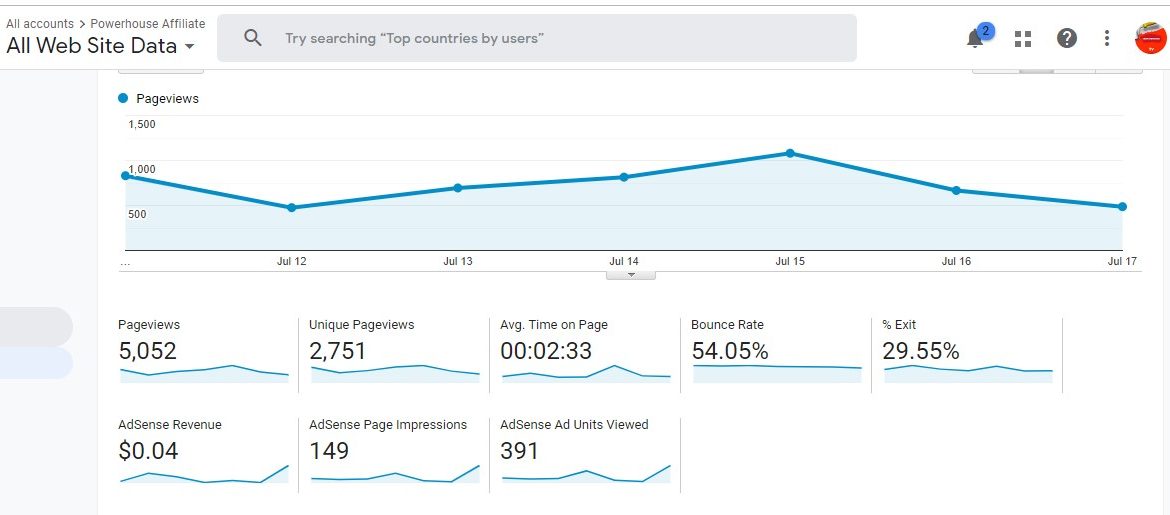When it comes to search engine marketing competition it is important to know how to decrease dwell time.
The competition is heavy out there and there are no current signs of it slowing down so you need to remain on top of your game if you wish to stay competitive.
Table of Contents
Search Engine Marketing – How to Increase Dwell Time
So we know that the emphasis on current Search engine optimization success relies heavily on how relevant the content on your page is to the subject or keywords used to find your page in Google and how long people stick around on your page.
If you’re getting higher than average bounce rates (that is people clicking onto your site then backing out pretty quickly) then your search ranks are going to suffer, sometimes by a lot.

With Google’s release of the Rank Brain algorithm update in 2015, there was a new feature ranking factor added. What Rank Brain did is use machine learning to get smarter about how Google ranks pages within its search results. There is something called Dwell Time which is used to figure out how much time people are spending on your page in an effort to calculate those bounce times. If you’re getting somewhere in the neighbourhood of 3:10 – that is three minutes & ten seconds time spent on your page then you’re right there on the upper threshold of Dwell Time, that’s a good thing.
Let’s take a look at one of my websites Powerhouse Affiliate. It offers free and premium training on affiliate marketing. As you can see my dwell time is actually below this metric.

In this example, I believe the main reason for the 54% bounce rate is because a majority of traffic is going to the actual home page which is a quick page asking users to join the free training. This therefore may be affecting the overall numbers of the entire website – which in my opinion shows that my dwell time isn’t too bad considering that aspect.
Here are some tips on How to Increase Dwell Time
- Write longer articles.
2. Use infographics or even just “regular graphics” such as related images helps quite a bit too.
Not only does it keep people looking at your pages longer but you also stand a fair chance of winding up in Google’s image search when you use images.
3. Embed videos into your pages.
This is a really great way of getting people to stay glued to your pages, though it’s understandable that this may not suit every blog type out there. As you can see in this post “Should I Work With CPA Networks” I have actually embedded a video into the post, therefore many people would watch the video while remaining on my site.

So is Dwell Time Gonna Kill My SEO?
Something else to consider is the “old school methods” still apply here.
Your backlinks still matter though it’s not so much about the quantity these days as it is about the relevancy of the pages which link back to you.
Do the sites linking to yours also discuss similar topics to your own pages and posts?
If not then you may want to do something about that as linking back to a bunch of unrelated pages could wind up hurting you in the long run. This isn’t to say that you need to be worried about your page getting linked to a lot of “junk pages” by someone else, though that certainly has been known to happen in the past which is why keeping up with link profiles is never a bad idea.
Using LSI keywords helps quite a bit. These are just long-tail keywords that are related but not necessarily directly associated to your keywords of choice. If you’d like a free tool to help you pick out some nice LSI keywords then feel free to check this one out…
LSI Tool Here (clickable Link)
YouTube Traffic
Video is basically champion now which is why I have been focusing a lot on it, there’s just no way of getting around it.
Sure, people still read but research shows that numbers are going down with the advent of free streaming services picking up. Attention spans are being cut shorter and shorter all the time and there’s nothing we can do about it. When trying to figure out how to increase dwell time on the sites we promote we need to factor in where the traffic is coming from. This is precisely why I have started running a lot more video ads on Facebook and Youtube as well.
I realize this is a direct contradiction to what was mentioned just above with the whole “longer articles are good” advice, but the thing is this… Though people are still willing to read to get the information they need, they may not necessarily read much to get the information they want. When it comes to search engine marketing, depending on the niche and market you’re doing business in, this could be a problem. Enter videos to the rescue!
It’s no secret that YouTube is now considered a career path for some people and rightfully so. View time is very important but at the same time, people are promoting websites in their videos. When people arrive on the websites they need to stick around.
People turn their channels into these massive productions and put in hours upon hours of work to create their final products and they get paid by allowing ads to show on their videos. With the restrictions on who can qualify to be a YouTube partner getting stricter and ads being served up less and less per video, why bother relying on a paycheck from Google when we can use our own platform to create our own streams of revenue?
The people who make the most money from youtube are the ones who send the users to other websites and sell other products and services. To do this you need to learn how to increase dwell time on your own sites as well not just YouTube.
As of the writing of this publication, it is still possible to create an account with Google and fix up a nice-looking YouTube channel off that account. In fact, I did just that for this website as you can see here > Day Job Hacks Youtube Channel.

Mobile Optimized WebPages – Can Increase Dwell Time
Poorly optimized sites are simply no longer an option for search engine marketing… it’s a necessity. Google will actually drop your rank lower than what it could be if your web pages are not optimized to be mobile-friendly. At the same time if you are looking for ways how to increase dwell time and most of your users are mobile then you need to ensure your page is well suited to keep people on the site while using mobile.
That means less intrusive ads, no more pop-up forms on your mobile pages, and provide good readability. If you’re using WordPress then chances are good your entire website will be safe here as most themes these days are created with flexibility in mind.
If you’d like to test your page’s mobile-friendliness then use the provided link to do so:
Mobile Page Testing Tool (clickable link)
Google has seen the trend continue to go up for mobile traffic and they are embracing it. With things like “mobile-first” in place, you’re going to see sites that cater to mobile traffic pull through in the ranks where other sites are going to be left behind. Don’t be left behind!
If you enjoyed this article please comment below, or subscribe for more!
- How to Make $1000 a Day With Google Ads Affiliate Marketing – Ultimate Guide - October 10, 2023
- Ultimate Guide to YouTube Shorts Ads for Affiliate Marketing - December 23, 2022
- How To Start Affiliate Marketing For Beginners [Ultimate Guide 2023] - December 21, 2022
